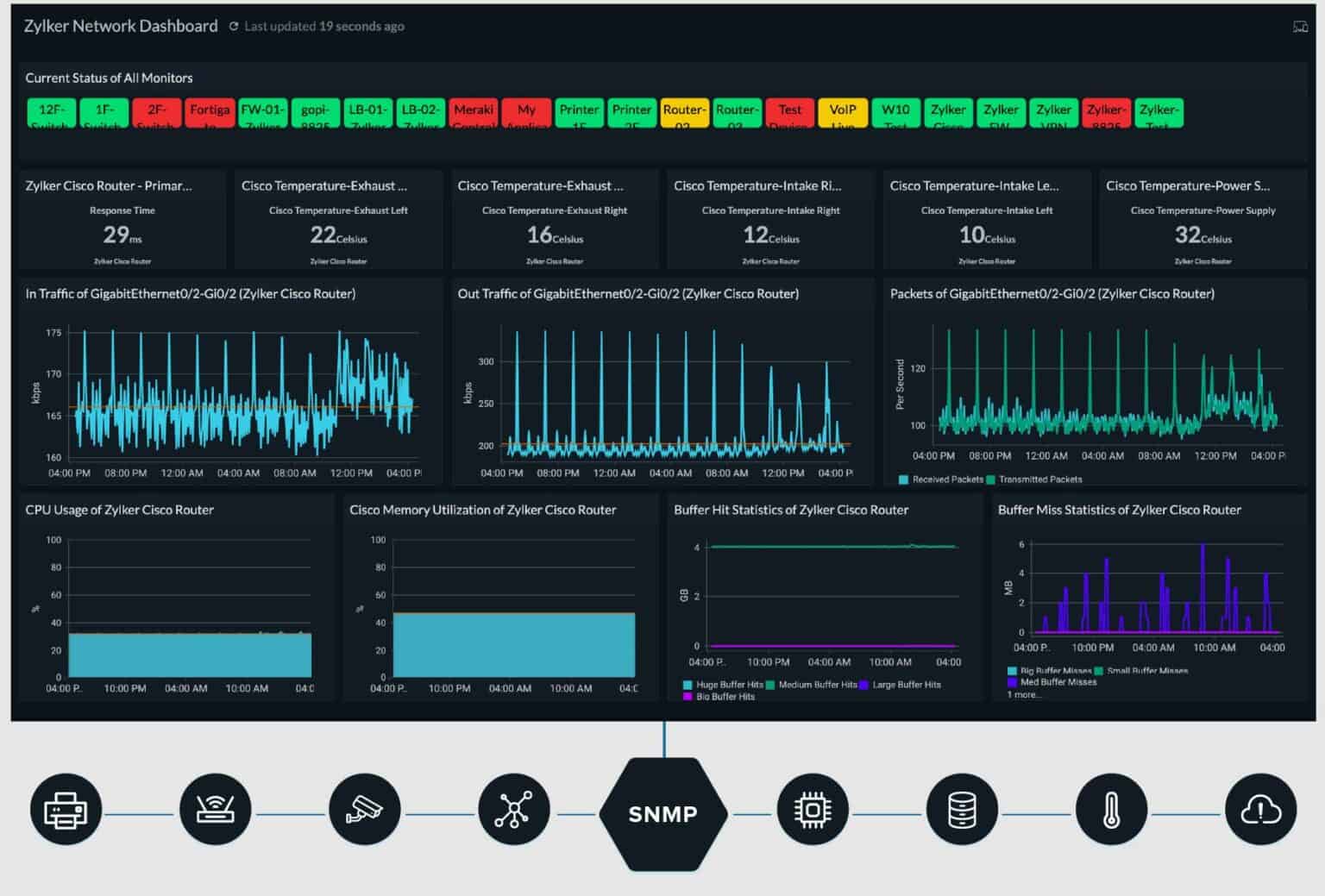Are you looking to maximize the performance and efficiency of your cloud servers? In this Ultimate Guide to Cloud Server Optimization, we delve into the significance, benefits, challenges, and best practices of enhancing your cloud infrastructure. From boosting speed and security to optimizing resource allocation, learn how to elevate your cloud server capabilities for seamless operations. Explore the world of cloud server optimization and unlock its full potential to elevate your business operations.

Best Practices for Cloud Server Optimization
When it comes to optimizing cloud servers, rightsizing resources is key. Matching workload requirements prevents overprovisioning, saving costs, and avoids underprovisioning, ensuring smooth operations. Auto-scaling features are invaluable, dynamically adjusting server capacity to meet varying demands efficiently.
Load balancing plays a vital role in distributing traffic across servers, enhancing performance, and ensuring reliability. By evenly spreading workloads, this practice prevents server overload and optimizes resource utilization for seamless operations. Implementing caching mechanisms further boosts efficiency by storing frequently accessed data locally, reducing server load and improving response times.

Enhancing Server Performance Through Monitoring and Analytics
Establishing Metrics and KPIs
Setting up precise metrics and KPIs is paramount in gauging cloud server performance. Define benchmarks for response times, throughput, and resource utilization to pinpoint inefficiencies accurately. By tracking these indicators, you can swiftly identify areas demanding optimization and measure the impact of implemented changes effectively.
Leveraging Cloud Monitoring Tools
Leverage advanced cloud monitoring tools to gather real-time data on server activity, resource allocation, and performance trends. These tools offer valuable insights into system health, allowing for proactive troubleshooting and efficient capacity planning. Monitoring tools play a pivotal role in maintaining optimal server operations and pinpointing areas for fine-tuning.
Data Analysis for Optimization Insights
Through in-depth data analysis, unearth hidden patterns and performance bottlenecks within your cloud infrastructure. Utilize analytics to detect anomalies, forecast future resource needs, and streamline server workflows. By interpreting analytics data effectively, you can make informed decisions to enhance efficiency, reduce latency, and boost overall cloud server performance.

Enhancing Security in Cloud Server Optimization
Ensuring Data Protection
Implementing stringent security measures is paramount in cloud server optimization to safeguard against unauthorized access and cyber threats. Encryption protocols, strong authentication methods, and data backup strategies are essential components to fortify data protection and maintain confidentiality.
Proactive Security Maintenance
Regularly updating software and security patches is fundamental to mitigate vulnerabilities in cloud servers. Timely patch management minimizes risks of exploitation by cyber attackers and ensures that the infrastructure remains resilient against evolving security threats and potential breaches.
Fortifying Perimeter Defenses
Leveraging firewalls and intrusion detection systems adds layers of proactive defense mechanisms to monitor and block suspicious activities. Real-time threat detection and response capabilities empower cloud environments to detect, analyze, and swiftly mitigate any potential security incidents, enhancing overall protection and resilience.
By prioritizing robust security measures, maintaining proactive security maintenance, and fortifying perimeter defenses, organizations can optimize their cloud servers effectively while safeguarding valuable data and operations against cyber threats.

Specific Cloud Provider Optimization Strategies
Tailoring Optimization Strategies
Optimizing for specific cloud providers like AWS, Azure, or GCP involves tailoring strategies to leverage each platform’s unique features. Understanding the nuances of each provider allows for precise optimization, maximizing server efficiency.
Leveraging Provider Tools
Utilize specialized tools and services offered by cloud providers to fine-tune server performance. AWS offers services like Auto Scaling and CloudWatch, Azure provides Azure Monitor and VM Scale Sets, while GCP offers Stackdriver and Instance Groups for optimization.
Consulting Experts
Engage with cloud provider experts to gain valuable insights and best practices for cloud server optimization within their respective platforms. Collaborating with experts ensures adopting industry-leading practices for enhanced server performance and efficiency.







